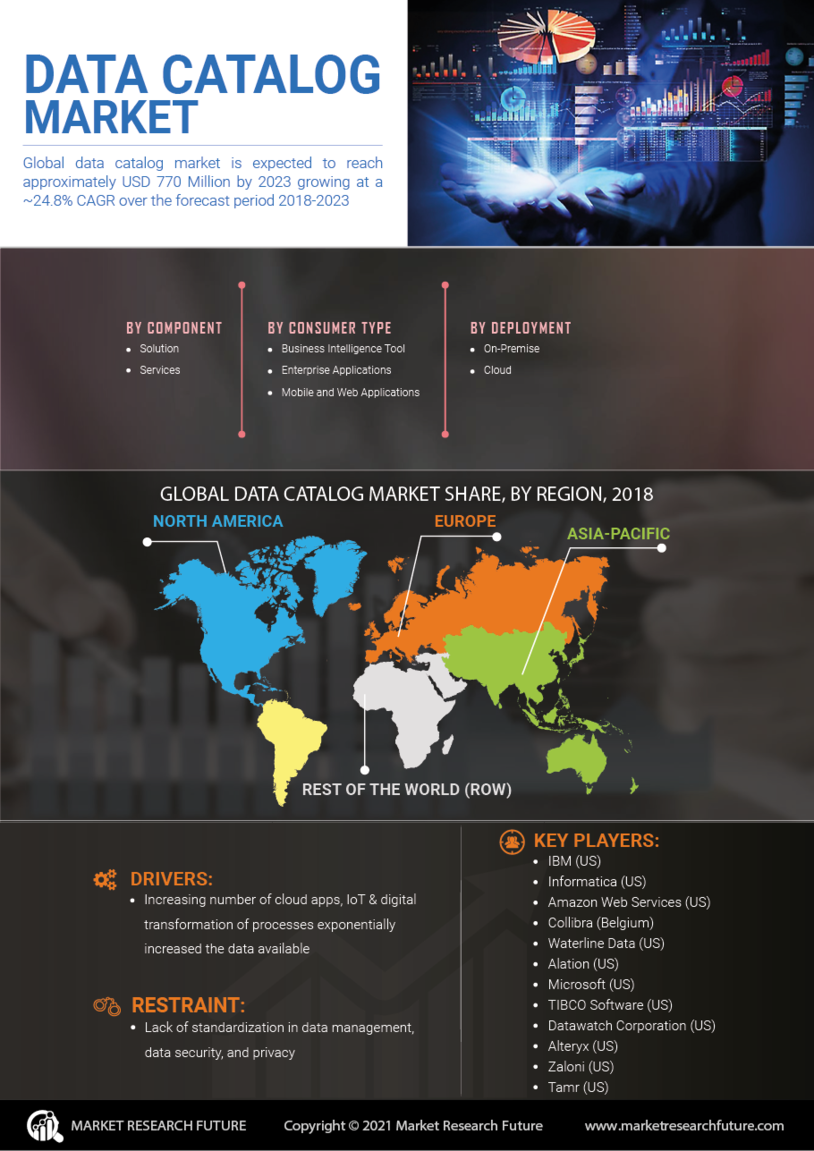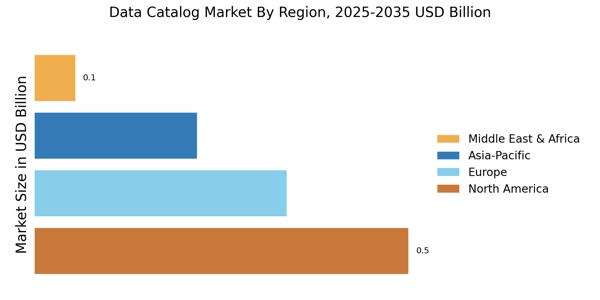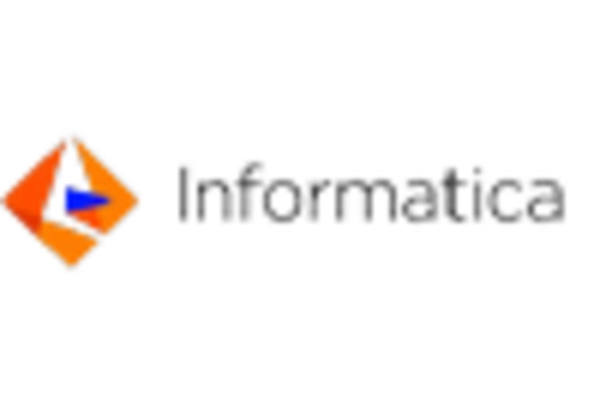Data Catalog Market Summary
As per Market Research Future analysis, the Data Catalog Market Size was estimated at 1.02 USD Billion in 2024. The Data Catalog industry is projected to grow from USD 1.268 Billion in 2025 to USD 11.2 Billion by 2035, exhibiting a compound annual growth rate (CAGR) of 24.33% during the forecast period 2025 - 2035
Key Market Trends & Highlights
The Data Catalog Market is experiencing robust growth driven by technological advancements and evolving business needs.
- The integration of AI and Machine Learning is transforming data cataloging processes, enhancing efficiency and accuracy.
- North America remains the largest market, while Asia-Pacific is emerging as the fastest-growing region in data catalog solutions.
- Solutions represent the largest segment, whereas services are witnessing the fastest growth due to increasing demand for tailored offerings.
- Rising demand for data-driven decision making and increased regulatory compliance requirements are key drivers propelling market expansion.
Market Size & Forecast
| 2024 Market Size | 1.02 (USD Billion) |
| 2035 Market Size | 11.2 (USD Billion) |
| CAGR (2025 - 2035) | 24.33% |
Major Players
Alation (US), Collibra (BE), Informatica (US), Microsoft (US), Oracle (US), SAP (DE), IBM (US), Google (US), AWS (US)


















Leave a Comment